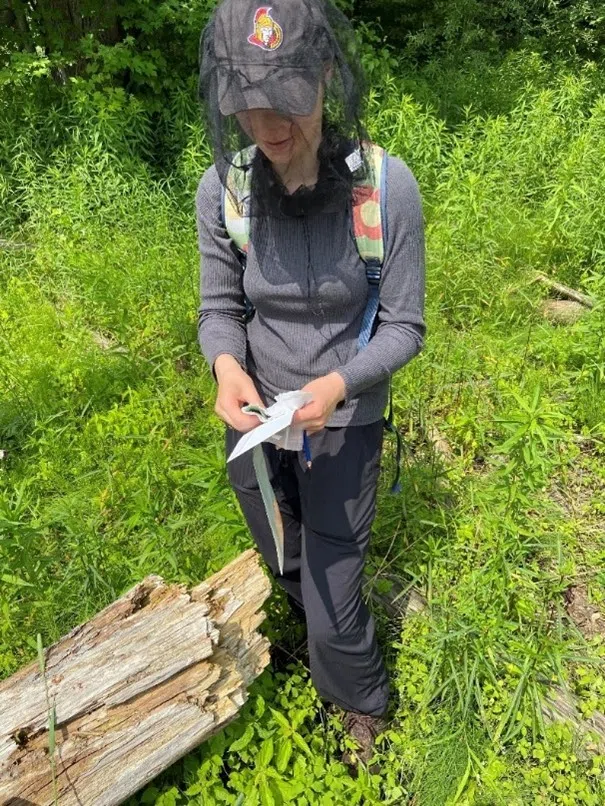
Trent University Phragmites samples collection for DNA testing
The Ontario Phragmites Action program, supported by the Ontario Ministry of Natural Resources, is celebrating significant strides in combating invasive species.
With an investment exceeding $650,000 from the Invasive Phragmites Control Fund, 38 new projects have been launched across Ontario to combat Phragmites, also known as the European common reed. These initiatives bring together community groups, Indigenous organizations, and municipalities in a unified effort to tackle this pervasive plant.
The St. Lawrence River Institute of Environmental Sciences is at the forefront of these efforts in Eastern Ontario. This critical project, aimed at managing Phragmites along the St. Lawrence River, seeks to enhance regional capacity for control and management.
“The Invasive Phragmites Control Fund, as part of the Ontario Phragmites Action program, is supporting coordinated efforts to reduce the harmful impacts of this invasive plant,” said Sarah Rang, Executive Director, Invasive Species Centre. “These on-the-ground action projects will prevent the spread of invasive Phragmites and contribute to slowing and reversing the spread of Phragmites in Ontario.”
The Institute will focus on understanding the distribution of Phragmites, developing a regional strategy, and improving communication with landowners and the public. By standardizing mapping protocols and establishing a shared web map, the project aims to take a coordinated approach to long-term management.
Phragmites is one of Canada’s most aggressive invasive species, threatening biodiversity, disrupting wetlands, and impacting agricultural drainage. Since 2019, the Invasive Phragmites Control Fund has supported 71 projects, including one with Friends of Presqu’ile Provincial Park, protecting natural spaces and ensuring community well-being.
Learn more about future funding opportunities at Grant Opportunities – Invasive Species Centre.
(Written by: Joseph Goden)
